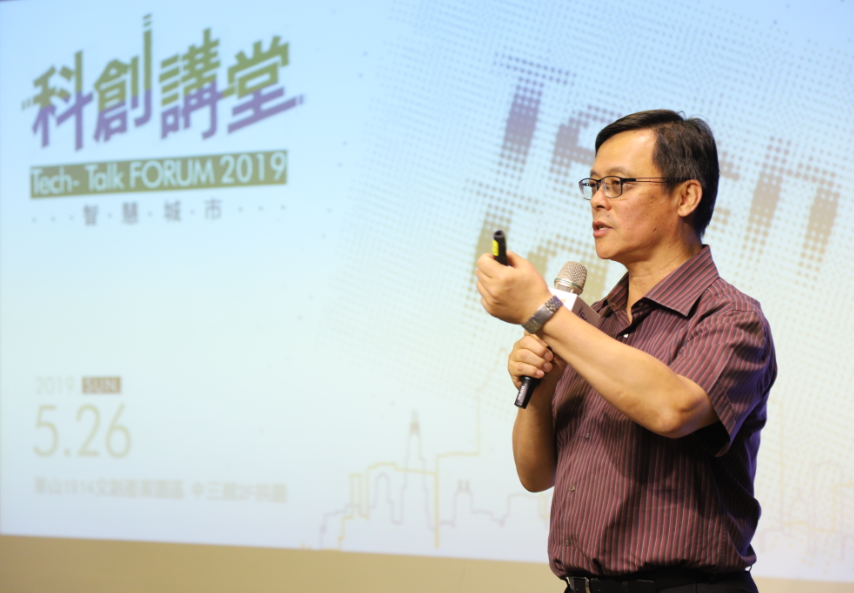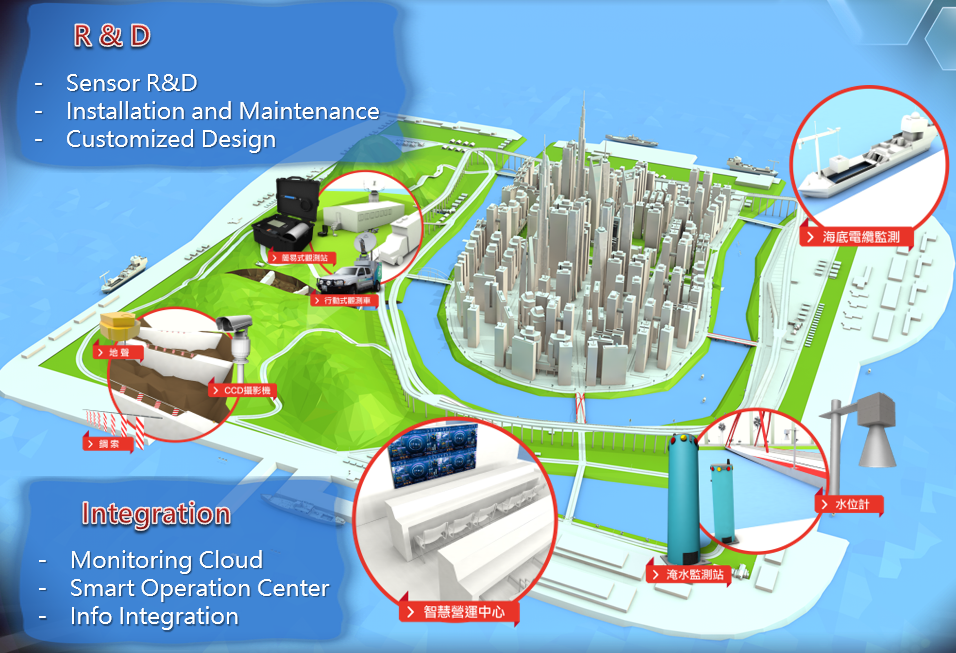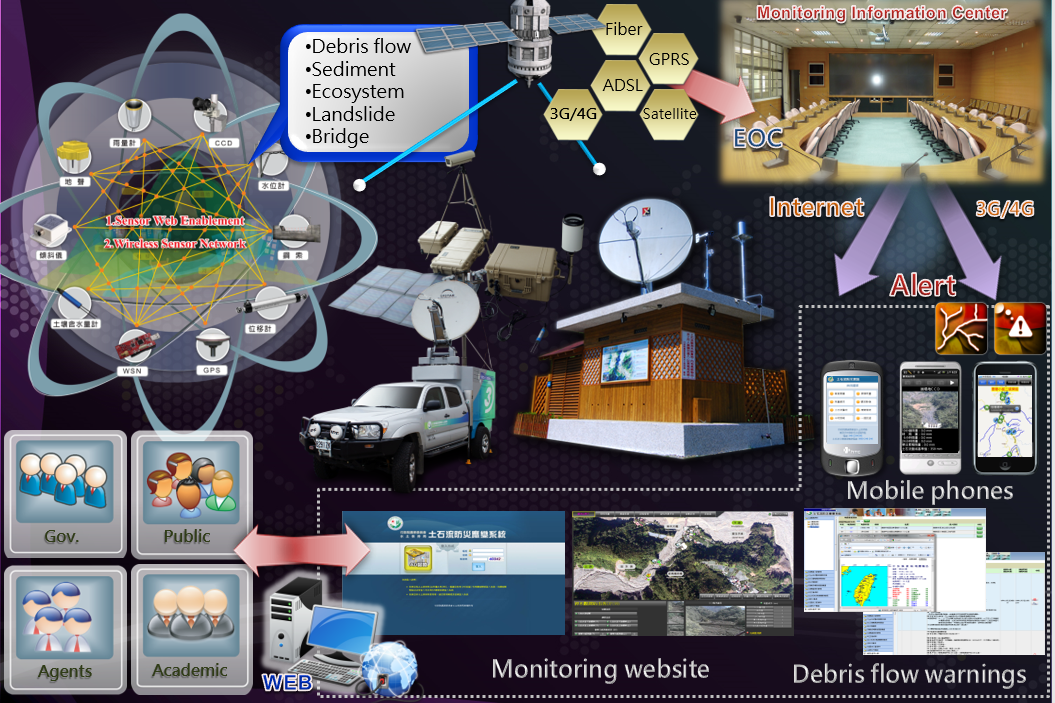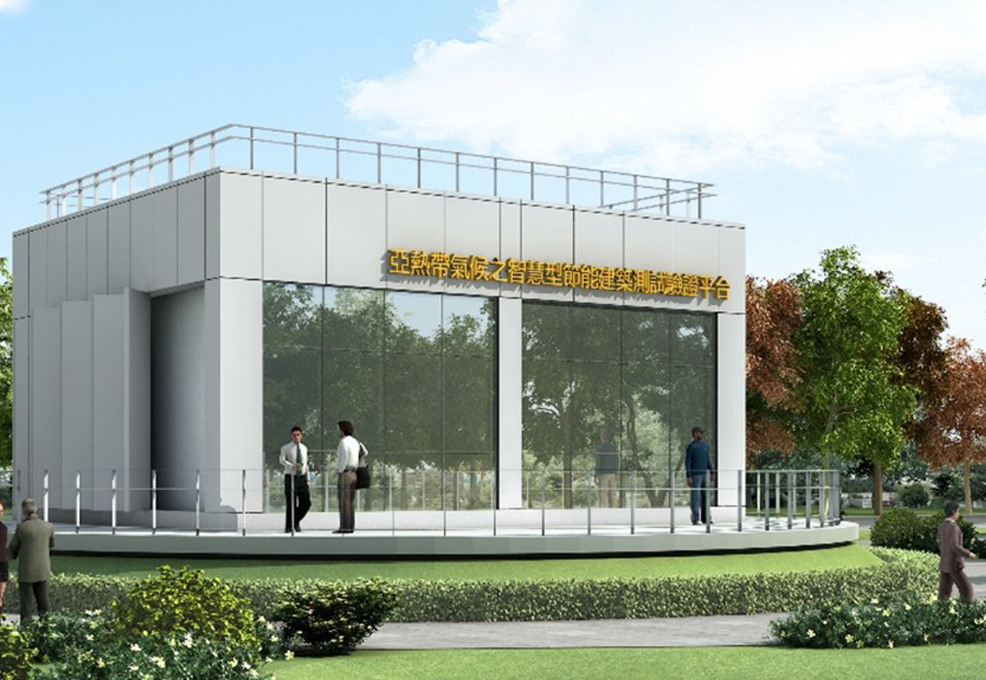The Subtropical Performance Test Bed for Innovative eNergy Research in Building (SPIN Lab)

Author(s)
Tien- Yin ChouBiography
Prof. Chou had his doctorate degree from Department of Resources Development at Michigan State University in 1990. He is the Director of Geographic Information Systems (GIS) Research Center at Feng Chia University (FCU), the Director of Center for Smart City Development, and a Lifetime Distinguished Professor at Dept. of Urban Planning and Spatial Information and Dept. of Land Management. Prof. Chou’s research interests include Geographic Information System, Remote Sensing, land Management and Disaster Prevention Information.
Academy/University/Organization
Feng Chia University-
TAGS
-
Share this article
You are free to share this article under the Attribution 4.0 International license
- ENGINEERING & TECHNOLOGIES
- Text & Image
- October 22,2019
The frequency and scale of sediment disaster are increasing due to the extreme climate. With the growth of disaster occurrence, the comprehensive sediment IoT has been applied to sediment monitoring in recent years, as it could dramatically enhance the capability of pre-alert. With the IoT architecture of low power consumption, low demand of bandwidth and low cost of network transmission, it could totally collect the sediment monitoring information based on the area of catchment and build up a sediment monitoring database through the IoT technology. Finally, in order to coordinate the New Southbound Policy, Feng Chia University is assisting Soil and Water Conservation Bureau (SWCB) with building a debris flow monitoring station in Vietnam and is making great achievements in introducing sediment monitoring technology abroad.

The frequency and intensity of rainfall are increasing due to the extreme climate. Besides, the sediment disaster is becoming more severe, and the debris flow is one of the most serious threats. With the growth of disaster occurrence, the comprehensive sediment IoT has been applied to sediment monitoring in recent years, which could dramatically enhance the capability of pre-alert. With the IoT architecture of low power consumption, low demand of bandwidth and low cost of network transmitting, it could totally collect the sediment monitoring information based on the area of catchment, and build up a sediment monitoring database through IoT technology.
Feng Chia University (FCU) has assisted the Soil and Water Conservation Bureau (SWCB) with establishing the Intelligent Disaster Prevention and Decision-making Network for Debris Flow Monitoring. The concept of the system is based on IoT architecture, the monitoring instruments upload the real-time data to the back-end platform through the Internet, connecting all of the information (as shown in Fig.1) The information such as rainfall, soil water content and slopeland shifts will be integrated with other datasets and will finally be analyzed to forecast the further situation.

Fig. 1 IoT Architecture
In order to circulate the disaster prevention messages in time, the specification of the data needs to be standardized. For example, every ministry has set up many in-site monitoring instruments such as vibration sensors, water level sensors, CCTVs, etc., to cope with the demand of disaster prevention monitoring technology, as FCU has taken part in formulating the standard of sensors. FCU is also assisting SWCB with introducing Sensor Web Enablement (SWE). By standardizing various network programming interfaces which have various functions, the portal will be effectively integrated and established, which will allow different units to analyze, gather, and apply the information which it contains, so that the efficiency of data exchange can also be enhanced.
 Fig. 2 Slopeland Disaster Monitoring and Early Alert Systems
Fig. 2 Slopeland Disaster Monitoring and Early Alert Systems
Finally, in order to coordinate the New Southbound Policy, FCU and SWCB signed a MOA with the Vietnam Institute of Geosciences and Mineral Resources (VIGMR). FCU has promised SWCB to assist VIGMR with establishing a debris flow monitoring station in an area which has high potential of debris flow occurrence. Moreover, FCU led the domestic disaster prevention industry team to visit Thailand and the Philippines to participate in exhibitions and exchange, so as to actively develop the new southward market and demonstrate Taiwan's disaster prevention technologies and successful experience. In the future, we will continue to share Taiwan’s sediment monitoring technologies and experience with other countries.
STAY CONNECTED. SUBSCRIBE TO OUR NEWSLETTER.
Add your information below to receive daily updates.




